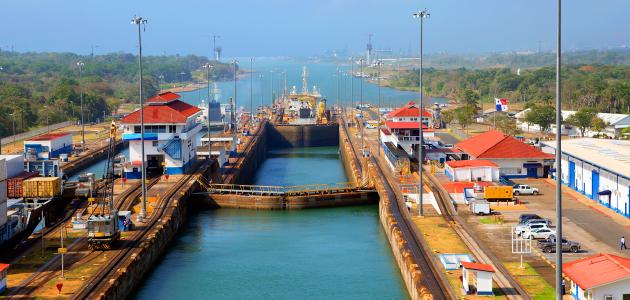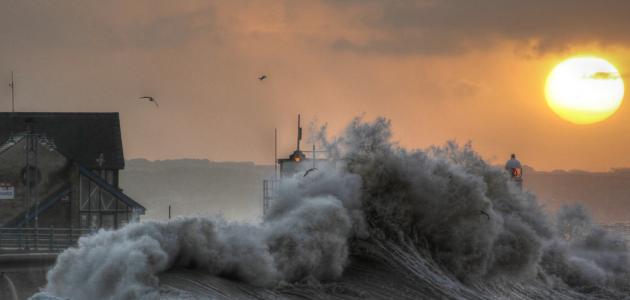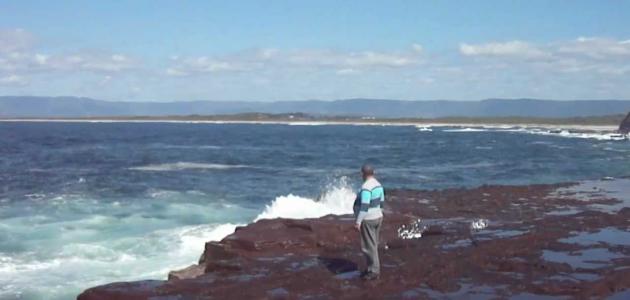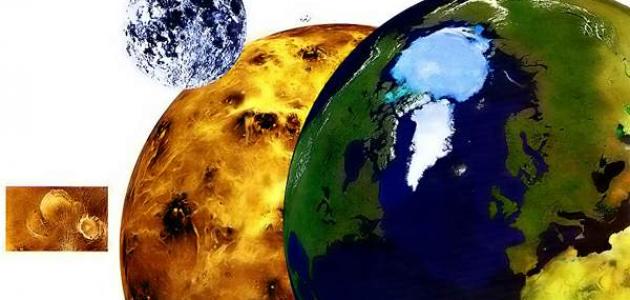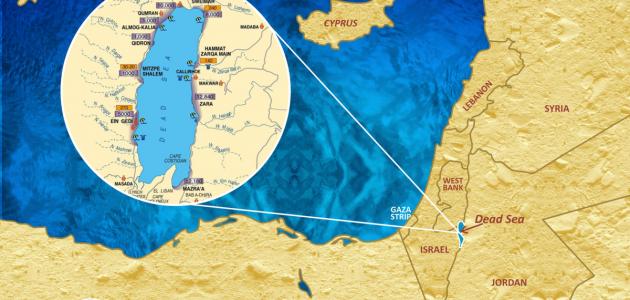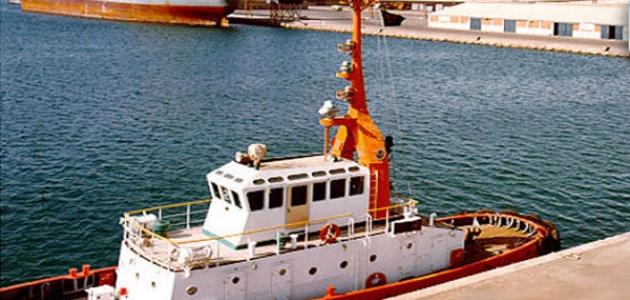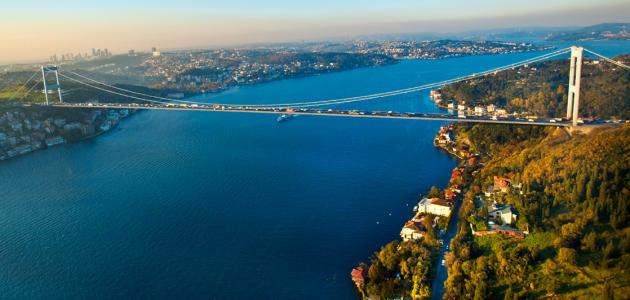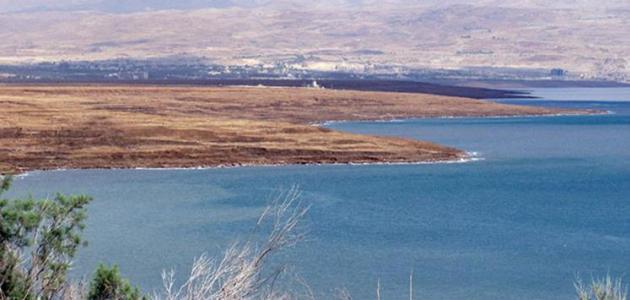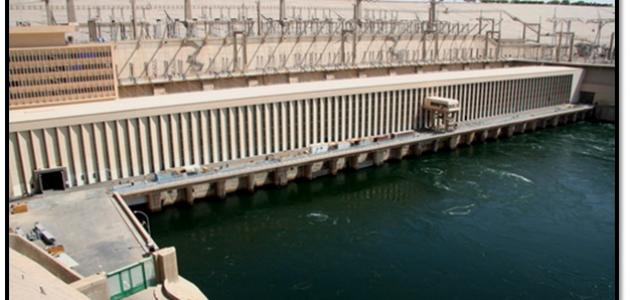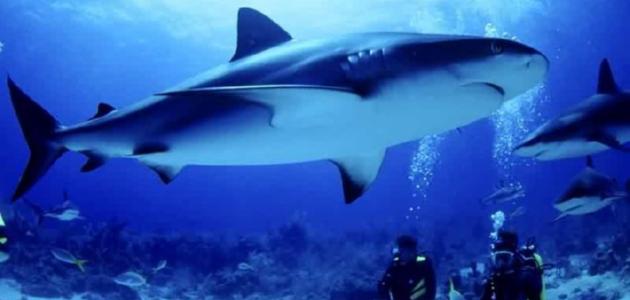Panama Canal
The Panama Canal is known as the greatest engineering achievement in the world, as it was built in 1914 AD, and the first attempt to build it was in 1880 under the supervision of the French leadership, but in 1883 AD the idea was abandoned. Due to the death of a huge number of workers, as a result of the spread of yellow fever and malaria, which prompted the United States of America to try to complete its construction despite the huge human losses, knowing that the costs of constructing it exceeded 380 million US dollars. Its construction continued for 10 years, until it was opened in the year 1994 AD under American auspices, and in this article we will introduce you to more about it.
Where is the Panama Canal located?
The Panama Canal is known as a waterway that passes through the Isthmus of Panama, and connects the Pacific Ocean, the Atlantic Ocean, and the Caribbean Sea. It is one of the most important bodies of water on the surface of the Earth, as it extends from the Gulf of Limon, located on the coast of the Atlantic Ocean, to the Gulf of Panama, located on the coast of the Ocean. The Pacific, and covers an area of 8.63 km, which allowed 120 thousand ships annually to pass through it, noting that floating one ship requires pumping more than 190 million liters of fresh water, which made water consumption in it equivalent to about 2660 billion liters annually, and it must be It should be noted that there are three sets of chambers filled with water, known as “locks.” These locks contribute to raising ships and lowering them from one level to another. These locks were built in pairs so that ships can pass in both directions, with the length of one lock reaching 300 meters. One kilometer and 34 meters wide. Its dimensions are determined by the size of the ship, which required the use of control centers and special systems, so that the height of its bottom is more than 26 meters above sea level, in order to allow ships with specific dimensions to pass it, noting that carriers Airplanes and commercial oil tankers can pass through this canal.
Read also:How is the Red Sea?The importance of the Panama Canal
- It is considered a vital waterway from a commercial standpoint, as 37 ships pass through it per day, noting that they are loaded with large numbers of up to 235 million metric tons every year, as they transport goods between the ports of the United States of America and the ports of Canada and Japan.
- A large number of ships carrying war and military equipment, in addition to soldiers, pass through it. This happened during the Vietnamese and Korean wars, World War II.
Navigation mechanism in the Panama Canal
Enter the channel
The ship sailing into the Panama Canal enters the Panama Canal through Limón Bay, passing through the port of Cristobal, located on the coast of the Atlantic Ocean. When it reaches a deep height, one of the canal guides comes out to the ship, and thus becomes fully responsible for it. After it passes through the barrier set up at the entrance to the bay, it heads south. Along the 11-kilometre stretch towards the “Jotun Lock”.
Entry to Jotun Lock
These locks appear in the form of giant ladders consisting of three pairs of cement rooms, which work to raise the ships to a distance of 26 meters above sea level, to be transported to Lake Jatun, where small locomotives known as mules that operate on electric current, and travel on railways on either side of the ship. The locks, as these tugs help place the ship in the locks, then stabilize it, in addition to pulling small ships and guiding them as they cross the locks. As for large ships, they cross the locks under their own power, while tugs pull and guide them.
Read also:The reason for naming the Red Sea by this namePassage of ships in rooms
When small ships approach the first room in the locks, their engines stop, while large ships keep their engines running. Then the workers attach the tugboat ropes to the ship, and these tugboats pull the small ships, or help the large ships to bypass the large room, and then close the huge steel gates behind them. After the workers open valves that allow water to flow from Lake Jatun into the room, through openings located at the bottom of the lock, and within a quarter of an hour the flowing water slowly raises the ship, and when the level of the flowing water reaches the level of the water in the second room, the gate opens. Locked in front of the ship outside, tugboats pull the ship or help it move to the second room, then the water level rises, and the same steps are repeated until the ship rises to the level of Lake Jatin.
Exit the lock and move to Lake Jatun
The area of Lake Jatin is 422 square kilometers, and there is a dam in it that is considered the largest dam in the world, with a capacity of about 18 million cubic meters of water. It impounds the water of the Chagrez River, which empties into the Atlantic Ocean near the end of the canal, which drives canal workers. To relax the bridges in order to allow the ship to sail out of the lock under its own power, then it makes its way south towards Lake Jatun, then passes from the dam of Lake Jatun to the Gamboa Road, as its route is about 35 kilometers long, knowing that this road was a valley of the Chagrez River, and it does not It must be noted that when the ship reaches the southeastern end of the lake, it enters the Gaillard crossing.
Read also:Where is the Strait of Tiran located?Exit from the Gaillard crossing
The Gaillard Crossing is known as an artificial corridor or canal that was created in the shallowest areas. Its length reached 13 kilometers, its width is 150 meters, and its depth is 13 meters. It extends between “Gold Hill” to the east and “Contractor Hill” to the west. It must be noted that after the ship leaves the crossing, tugboats pull the ship or help it pass to the “Pedro Miguel” locks, where these locks lower the water level by 9 meters in order to allow the ship to enter the “Miraflores” lake, where two chambers lower it. To become at the level of the Pacific Ocean, noting that tidal fluctuations in the Atlantic Ocean change down or up at a rate of 60 centimeters per day.
The ship leaves the Panama Canal
The ship leaves the locks and heads through a 13-kilometre-long canal between the Miraflores locks, where it passes through the cities of Laboca and Balboa and its highlands. It also passes under the Thatcher Ferry Bridge, which is a link on the Trans-American Route. Then the ship enters the Gulf of Panama, then the ship’s guide leaves. The ship then crosses towards the open sea, thus covering a distance of more than 80 kilometers between the Pacific and Atlantic oceans.
